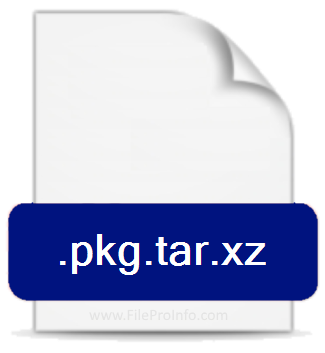

- #Utility for tar xz files for mac#
- #Utility for tar xz files install#
- #Utility for tar xz files portable#
Download HomeBrew and type: brew install imagemagick
#Utility for tar xz files for mac#
We recommend Homebrew which provides pre-built binaries for Mac (some users prefer MacPorts). On Linux and Solaris machines add $MAGICK_HOME/lib to the LD_LIBRARY_PATH environment variable: LD_LIBRARY_PATH="$$MAGICK_HOME/libįinally, to verify ImageMagick is working properly, type the following on the command line: magick logo: logo.gifĬongratulations, you have a working ImageMagick distribution under Linux or Linux and you are ready to use ImageMagick to convert, compose, or edit your images or perhaps you'll want to use one of the Application Program Interfaces for C, C++, Perl, and others. For example: export PATH="$MAGICK_HOME/bin:$PATH If the bin subdirectory of the extracted package is not already in your executable search path, add it to your PATH environment variable. $ export MAGICK_HOME="$HOME/ImageMagick-7.1.1" Set the MAGICK_HOME environment variable to the path where you extracted the ImageMagick files. Next, extract the contents of the package. Note, if there are missing dependencies, install them from the EPEL repo.įor other systems, create (or choose) a directory to install the package into and change to that directory, for example: cd $HOME Simply type the following command and you're ready to start using ImageMagick: magick -list policy.ĭevelopment, Perl, C++, and documentation RPM's. e.g., ~/.config/ImageMagick/policy.xml and verify with this command. Simply add a custom security policy in your local path. ImageMagick recommended practices strongly encourage you to configure a security policy that suits your local environment. This AppImage has an open security policy.

#Utility for tar xz files portable#
This is used internally, and should not be modified manually.Complete portable application on Linux, no installation required. Makes the container run as unprivileged user. Specify the number of tty available to the container Can be set to host to match the host time zone, or an arbitrary time zone option from /usr/share/zoneinfo/zone.tab If option isn’t set, then nothing will be done. Additionally you can set the up or down delay in seconds, which specifies a delay to wait before the next VM is started or stopped. Order is a non-negative number defining the general startup order. Create will automatically use the setting from the host if you neither set searchdomain nor nameserver. Volume, device or directory to mount into the container. This option does not share the mount point automatically, it assumes it is shared already! This will prevent the CT or CT’s disk remove/update operation. Sets the protection flag of the container. Value unmanaged can be used to skip and OS specific setup. This is used to setup configuration inside the container, and corresponds to lxc setup scripts in /usr/share/lxc/config/.nf. Specifies whether a container will be started during system bootup. Name of the network device as seen from inside the container. Whether this interface should be disconnected (like pulling the plug). Use the special syntax STORAGE_ID:SIZE_IN_GiB to allocate a new volume.Ĭontrols whether this interface’s firewall rules should be used.Ī common MAC address with the I/G (Individual/Group) bit not set.

Script that will be exectued during various steps in the containers lifetime. Note that this will expose procfs and sysfs contents of the host to the guest. Best used with unprivileged containers with additional id mapping. With access to a loop device, mounting a file can circumvent the mknod permission of the devices cgroup, mounting an NFS file system can block the host’s I/O completely and prevent it from rebooting, etc.Īllow nesting.

Note that this can have negative effects on the container’s security. This should be a list of file system types as used with the mount command. This is experimental.Īllow mounting file systems of specific types. This requires a kernel with seccomp trap to user space support (5.3 or newer). Essentially, you can choose between running systemd-networkd or docker.Īllow unprivileged containers to use mknod() to add certain device nodes. This is mostly a workaround for systemd-networkd, as it will treat it as a fatal error when some keyctl() operations are denied by the kernel due to lacking permissions. By default unprivileged containers will see this system call as non-existent. This is required to use docker inside a container. Note that interactions between fuse and the freezer cgroup can potentially cause I/O deadlocks.įor unprivileged containers only: Allow the use of the keyctl() system call. This can break networking under newer (>= v245) systemd-network use.Īllow using fuse file systems in a container. Mount /sys in unprivileged containers as rw instead of mixed.


 0 kommentar(er)
0 kommentar(er)
